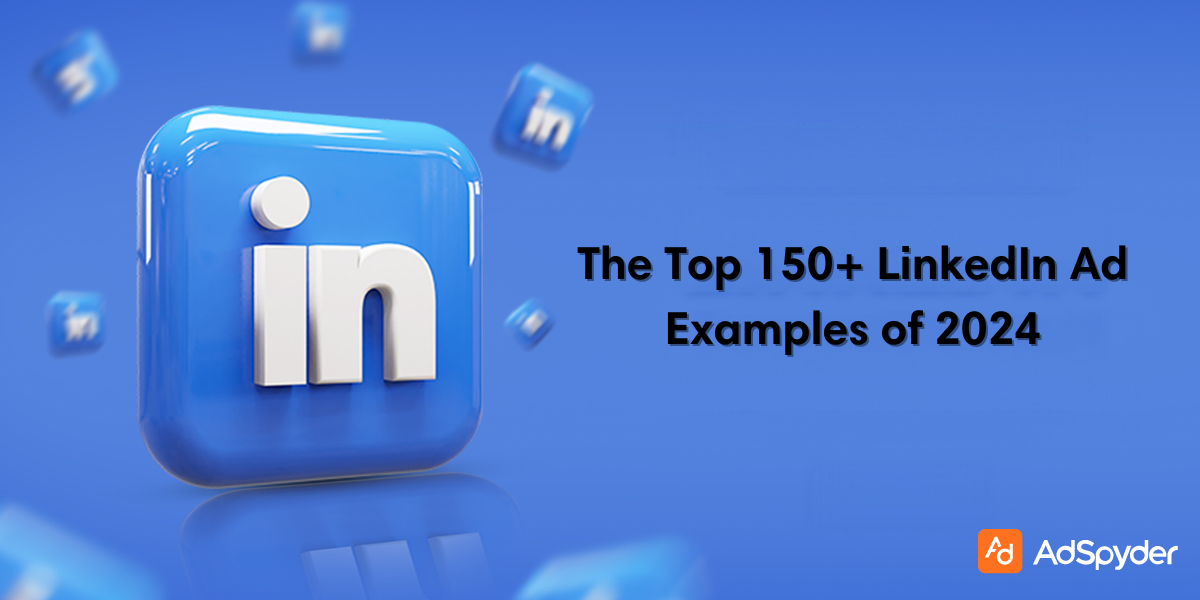Looking to enhance your product’s visibility? You need a good marketing strategy. Here, we’ve got 10 easy tips to help you make your ads work better and sell more. First, know who wants to buy what you’re selling. This is your target audience. Use social media and Google Ads to reach them fast. Next, create awesome content that talks directly to them. Use blogs, videos, and social media posts for this. Learn from the data. Tools like Google Analytics show how well your ads do in real numbers. Lastly, stay up-to-date with new tools and trends in digital advertising – things change fast! Optimize your strategy with Paid Pragmatic Marketing optimization.
The Pragmatic Marketing Framework Explained

The Pragmatic Marketing Framework helps you use market analysis and customer feedback to make sure your product meets real needs. It gives you a clear plan to match what you sell with what customers want.
Key Principles of the Pragmatic Marketing Framework

Here are some of the key principles of the Pragmatic Marketing Framework:
- You need to understand the market and why your products stand out. Research trends, know what customers want, and meet their needs.
- Combine traditional tactics with smart planning, digital ads on social media, track everything with data analytics, and follow the customer’s buying process.
- Use SEO and social media to reach people who are interested in your offers. This gets the right attention online and builds brand awareness.
- Keep an eye on key performance indicators (KPIs) to see if you’re meeting goals or need changes.
Applying the Framework to Modern Marketing Challenges
To win at marketing today, you must know what makes your product special and share that on social media sites like Facebook and Instagram.
- Using SEO boosts how visible your product is online. A good marketing plan mixes SEO techniques with active social media use.
- It’s important to really understand what people need and use data to make smart choices. For anyone looking to reach their audience better, making content that fits well on platforms where folks spend a lot of time is key.
- This approach not only makes your brand more known but also increases chances people will take action because you’re catching them at the right times.
Building a Solid Foundation for Pragmatic Product Marketing
For good product marketing, match your plan with what people want. Use feedback from customers and study the market to shape your products and messages.
Aligning Product Marketing with Market Needs
Listen to your audience to match products with their desires.
- Use surveys, social media feedback, and market research. This reveals customer likes and dislikes. Then, adjust your products and messages accordingly.
- Ensure your value proposition is spot on.
- Focus on building a brand that pops. Use social networks, SEO for better visibility online, and ads that hit the right people at the right time. Watch how well these strategies perform by checking key performance indicators (KPIs).
- Look for web traffic jumps or sales boosts.
- Develop a product strategy that puts customers first. Keep their wants in focus as you move forward.
Developing a Customer-Centric Product Strategy
Know your audience to build a customer-focused product strategy.
- Create a clear value promise by showing how your product or service makes lives better. Use market surveys and feedback forms for insights on what people want.
- A strong brand image shows customers they can trust you. Innovations in advertising, like video clips and engaging marketing tactics, catch attention well. Stay ahead by keeping up with industry trends and changing customer preferences.
- This helps create products that really match what your buyers are looking for.
Check out: Ten Essential Strategies to Elevate Your Paid Omni-Channel Marketing
Advanced Tactics in Pragmatic Advertising

For smart advertising, combine old ways with new tech. Use data and AI to find your best audience and send them strong messages.
Crafting Effective Ad Campaigns Based on Pragmatic Principles
Know your audience well. Understand their likes, needs, and thoughts.
- Shape your ad campaigns for social media like Facebook and Instagram around this insight. Make sure ads talk directly to them with a clear message about what you offer.
- Mix SEO into your ads. This makes them more likely to show up in places like search engine results pages. Choose your words carefully to attract the right people.
- After launching these ads, watch how they do using analytics tools.
- Learn which ones succeed and use those insights for future efforts.
Leveraging Data for Targeted Pragmatic Advertising
Gather data from social media like Facebook and Instagram to see what your audience enjoys.
- Use SEO to make your product show up higher on Google searches. This gets more eyes on what you’re selling.
- Create ads that match what your audience is looking for. Watch how these ads perform by checking click-through rates and conversion rates. Use this feedback to improve future ads.
- Blend market research with smart marketing strategies for better results.
Integrating Market Research into Pragmatic Marketing
Market research is crucial for your marketing success. It helps you decide with real data, not just guesses.
Conducting Effective Market Research for Informed Decision Making
To make smart marketing choices, do your homework.
- Look at trends and listen to what people say about products like yours. Use online surveys, social media listening tools, and SEO data.
- This tells you what words people use when they search or talk about their needs. This info helps your brand stand out online.
- Now, take this information to shape your strategy. Your research shows where potential customers hang out online. It guides you to the best places for ads—like certain social media sites or types of emails that grab their attention.
- Use this insight to create ads that really speak to their needs and wants.
Utilizing Research Insights for Strategic Marketing Planning
Market research shows customer likes and dislikes. It spots trends and checks competitor success.
- This info helps plan marketing strategies smartly, adjusting ads to fit what customers want and responding to market shifts.
- Data from surveys, social media, and sales numbers help target the right audience with precise messages. This strategy directs where to invest in online advertising or which products need more spotlight on websites.
- By using this data wisely, you can hit your goals efficiently without wasting resources.
Enhancing Digital Presence with Pragmatic Marketing
To get seen more online, use social media, websites, and email right. This helps you connect with more people.
Optimizing Digital Channels for Maximum Impact
Here are some tips to optimise your digital channels to provide maximum impact for your pragmatic campaigns:
- Improve your online spot by focusing on search engine rankings.
- Use the right keywords to show up in Google searches. This is SEO, a key part of being seen online.
- Platforms like Facebook and Instagram are great for telling your story and talking to people. Place ads that speak directly to them.
- Use tools to see how well your ads perform. You’ll learn what works best.
Best Practices for Online Pragmatic Marketing
Now, let us look at some best practices to implement for your online pragmatic marketing campaigns:
- Focus on using Facebook and Instagram for your ads. These platforms are great for catching attention.
- Use SEO to make finding your products online easier. Knowing what sets your product apart helps in selling it more.
- Mix smart marketing with good management for better results. Create a plan that combines SEO with social media effectively. Watch how digital ads perform by examining data closely.
- Next, craft engaging content for your audience.
Check out: Promoting Responsible Gambling: Effective Strategies & Best Practices
Content Strategy in Pragmatic Marketing
Make content like blogs, videos, and social media posts that match what your audience wants. This makes sure you connect well with your market.
Developing Valuable and Relevant Content
Creating good content means understanding your target market. It’s about crafting stories they’ll want to hear.
- Do market research to know what they like. Use those insights for videos, blogs, and posts on social media platforms.
- SEO helps people find you through Google. Keywords are crucial; place them in articles, website text, and video descriptions.
- Be active on Facebook, Instagram, or TikTok with fresh content to keep users engaged.
Content Distribution and Engagement Strategies
Share your stories on social media, websites, and through emails. Each platform reaches different people.
- Figure out where your target audience spends time online. Talk to them there.
- Make your messages stand out by being useful and engaging. Use videos, blog posts, and content made by users to attract more attention.
- After posting, interact with the audience’s reactions. This builds their interest for what comes next.
- By following these steps, you ensure that your marketing efforts reach the right people in a way that encourages engagement and builds loyalty towards your brand or product.
Utilizing Analytics in Pragmatic Marketing
Track your marketing success with numbers. See how sales, website traffic, and clicks on ads go up or down to plan better.
Key Metrics to Monitor for Pragmatic Marketing Success
To do well in marketing, watch certain numbers.
- Look at how many people visit your website and where they come from. This shows if your online plan works.
- See how often people click on your ads to tell if they catch the eye.
- Pay attention to conversion rates too. This number tells you who buys or acts after visiting.
- Also, look at return on ad spend (ROAS) and cost-per-click (CPC). ROAS helps you see the money made from ads. CPC gives you the cost for each click in online ads.
- Watch social media for likes and comments to get what people think about your posts.
- Check email open rates and replies to know if your emails work well.
- These checks help improve who sees your ads, what you say, and how much you spend for better outcomes.
Analyzing and Interpreting Data to Refine Marketing Strategies
Check your data to see what’s working in your marketing.
- Use Google Analytics for website info and social media tools for engagement rates. This shows where to put your effort. For example, if some keywords boost your online search spot, use them more.
- Now, change your plans based on the data. If pay-per-click ads get many visitors but not many sales, try changing the ad text or how the landing page looks.
- Always watch over metrics like click-through rates and conversion rates to track success.
- Shift strategies when needed to keep up with what customers want and market changes.
Watch out: Responsible Gambling Advertising: A Comprehensive Guide to Ethical Practices
Effective Budget Allocation in Pragmatic Marketing
Use your marketing budget wisely. Focus on activities that bring high returns and cut unnecessary costs.
Strategies for Efficient Use of Marketing Budgets
To get the most from your marketing budget, focus on what works for your product.
- Put money into SEO and social media ads. These help people find you and learn about your offer.
- Data helps make smart choices. Tools that track how well things are done will show where to spend more or less. Using AI to set prices can also help use your budget better by finding prices that draw in customers but still make money.
- Don’t spread your budget too thin over many platforms. Stick to a few that reach the right customers best. Watch how things go and keep tweaking to get better without wasting money.
ROI-Focused Investment in Marketing Initiatives
Spend your marketing money smartly to see good returns.
- Focus on social media and SEO so more people can find and talk about your product. Track how well these strategies are doing with tools.
- Move on to making choices based on data. Use analytics from your digital marketing campaigns to decide where to put your money next. This cuts down waste and increases results.
- Adjust your plans with what the data shows for even better future results.
Continuous Improvement and Adaptation
To stay on top, always learn and adjust your plans. Use tests and tools to lead the way. Keep trying new things and use data to see what works best.
Staying Agile in a Dynamic Market
- Market trends shift fast. To keep up, track what’s popular through social media and search engines. These tools tell you what people currently want.
- Make changes based on solid data, not guesses. Use things like click-through rates and site visits to see if your strategy is working or needs change. Be ready to update ads, messages, and products to fit customer desires today.
Iterative Approaches to Marketing Strategy
Trying new things, seeing how they work, and then improving them is a smart way to build your digital strategy. This process helps you move fast and make decisions based on facts.
- Many companies now use AI for setting prices and choosing the best ways to connect with customers online.
- They pick strategies like social media marketing or boosting their websites through SEO.
- This flexible method is crucial because it lets you quickly respond to what your audience wants. If some content misses the mark, you can change it right away. Or if an ad drives lots of sales on your website, it’s good to run more ads like that.
- By doing this, you’re always getting better at meeting what customers want and staying competitive.
- Paying attention to performance metrics guides these improvements.
Check out: How To Start Dropshipping On Oberlo
Conclusion
To boost your paid marketing, focus on SEO and use social media to reach more people. Smart ads highlight what’s unique about your product. Keep learning about your target audience and adjust your strategy as needed. A good mix of SEO and targeted advertisements, along with close attention to results, will set you up for success. This approach connects great products with the right people in a simple but effective way.



